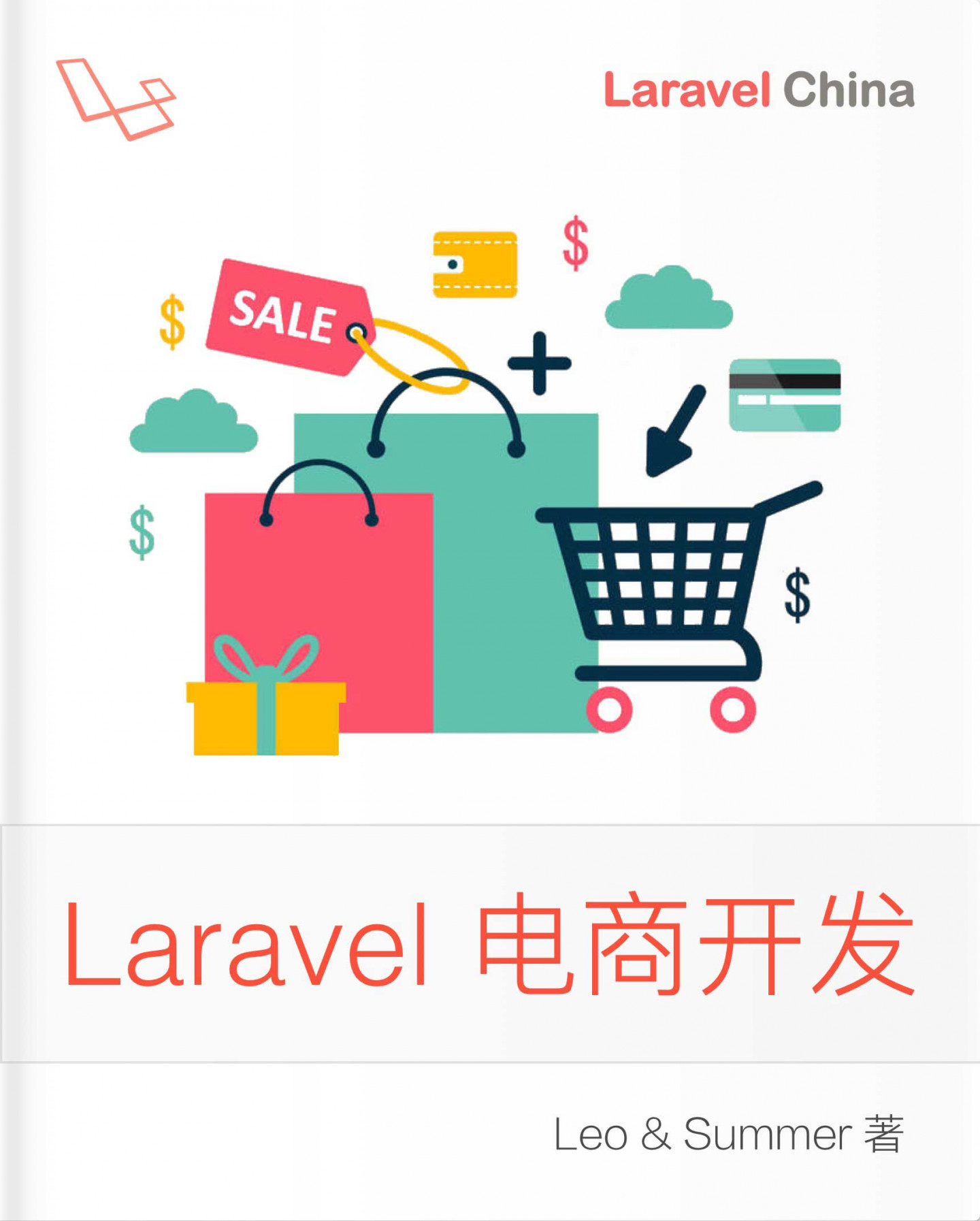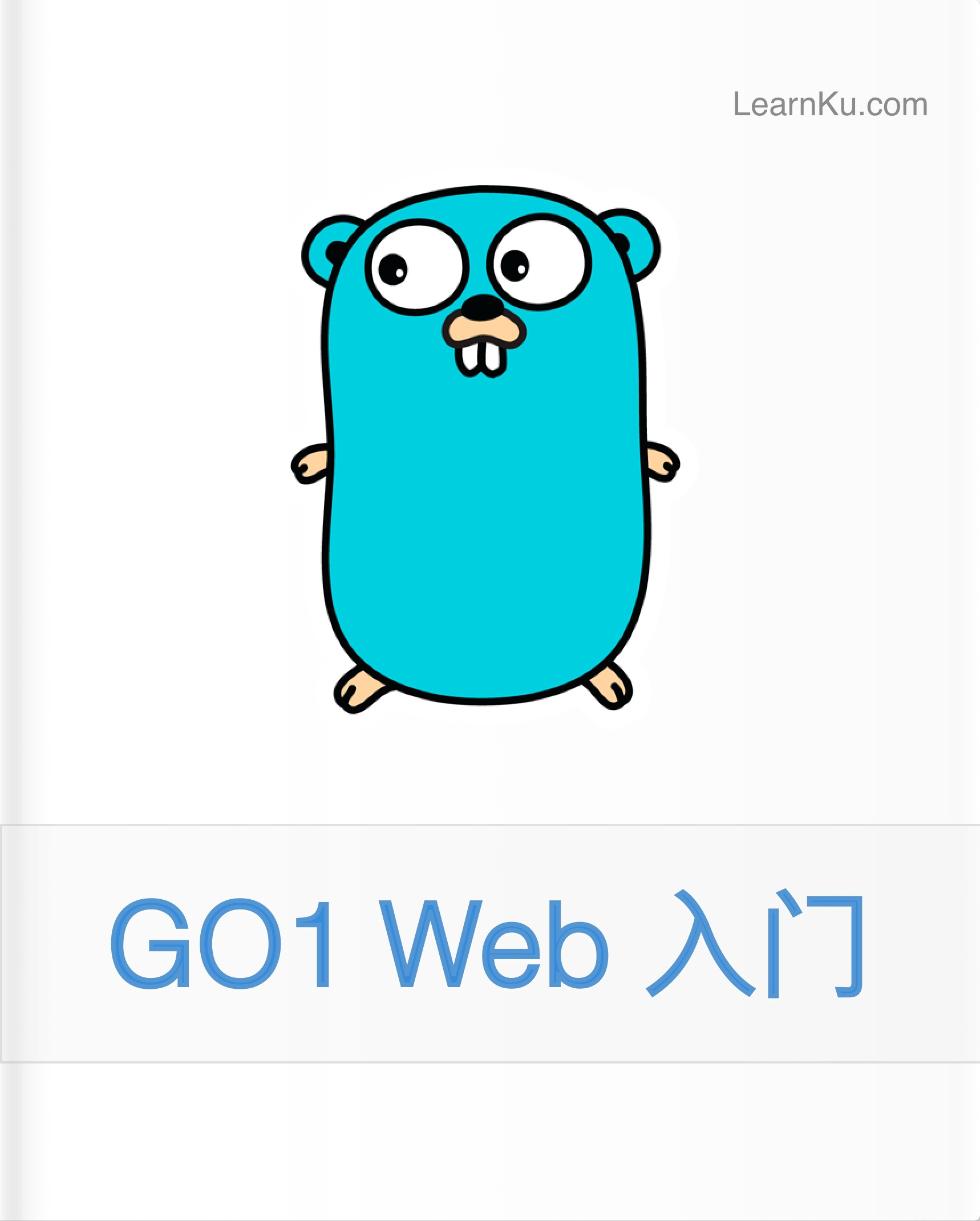面向对象设计原则 SOLID
SRP 单一职责原则
<?php
<<<EOF
SRP 单一职责原则
任何一个软件模块都应该只对某一类行为者负责
EOF;
<<<EOF
下面举一个错误示范
Animal 既有吃肉, 又有吃奶酪. 在某些情况下肯定就会导致错误, 比如 jerry 不吃肉, 但是因为 jerry 是 Animal 的实例, 所以 jerry 也可以吃肉了, 这不符合逻辑。
另外一种问题是修改的时候, 比如 tom 吃奶酪的方式是一口一个, 然后 tom 的开发者把 Animal 的吃奶酪方法改为一口一个, jerry 本来是小口吃也会受到影响.
EOF;
class Animal{
private string $name;
private string $type;
function __construct(string $name,string $type){
$this->name = $name;
$this->type = $type;
}
function eatMeat(){
echo $this->type . $this->name . " eat meat";
}
function eatCheese(){
echo $this->type . $this->name . " eat cheese";
}
}
<<<EOF
解决办法有两种, 第一种是直接将动物的属性和动物的操作相分离, 像下面这样猫的操作和老鼠的操作作为两个类互不影响, 同时他们的 animalInfo 都是 AnimalInfo 的实例, 保持了 Animal 的共性
EOF;
class AnimalInfo{
private string $name;
private string $type;
function __construct(string $name,string $type){
$this->name = $name;
$this->type = $type;
}
function getName():string
{
return $this->name;
}
function getType():string
{
return $this->type;
}
}
class Cat{
private AnimalInfo $animalInfo;
function __construct(AnimalInfo $animalInfo){
$this->animalInfo = $animalInfo;
}
function eatMeat(){
echo $this->animalInfo->getType() . ":" . $this->animalInfo->getName() . " eat meat";
}
function eatCheese(){
echo $this->animalInfo->getType() . ":" . $this->animalInfo->getName() . " eat cheese";
}
}
class Mouse{
private AnimalInfo $animalInfo;
function __construct(AnimalInfo $animalInfo){
$this->animalInfo = $animalInfo;
}
function eatCheese(){
echo $this->animalInfo->getType() . ":" . $this->animalInfo->getName() . " eat cheese";
}
}
<<<EOF
上面的方法可以解决问题, 但是从 Animal 的使用者角度看, 原来需要管理一个类, 现在需要管理三个类, 而且得根据不同的情况创建不同的类的实例, 真的很麻烦.
为了解决上面的问题, 下面还有一种更好的方法, 那就是 Facade 设计模式, 可以看到使用者只需要管理 AnimalFacade 就可以做到和上面相同的事
EOF;
class AnimalFacade{
private $animalImpl;
function __construct(string $name,string $type){
if($type == 'cat'){
$this->animalImpl = new Cat(new AnimalInfo($name, $type));
}elseif($type == 'mouse'){
$this->animalImpl = new Mouse(new AnimalInfo($name, $type));
}
}
function eatMeat()
{
$this->animalImpl->eatMeat();
}
function eatCheese()
{
$this->animalImpl->eatCheese();
}
}
<<<EOF
本来到这里就结束了, 但是可能有的人会想到为什么不直接用多态来解决这个问题, 个人理解多态和上面的两种解决方法并不冲突, 然后第一种解法中的状态和操作相分离的思路确实非常的炫酷
EOF;
function test_1(){
$tom = new Animal('Tom', 'cat');
$tom->eatMeat();
$jerry = new Animal('Jerry', 'mouse');
$jerry->eatCheese();
}
function test_2(){
$tom = new AnimalInfo('Tom', 'cat');
$jerry = new AnimalInfo('Jerry', 'mouse');
$cat = new Cat($tom);
$mouse = new Mouse($jerry);
$cat->eatMeat();
$mouse->eatCheese();
}
function test_3(){
$tom = new AnimalFacade('Tom', 'cat');
$tom->eatMeat();
$jerry = new AnimalFacade('Jerry', 'mouse');
$jerry->eatCheese();
}
test_1();
test_2();
test_3();OCP 开闭原则
<?php
<<<EOF
OCP 开闭原则
设计良好的计算机软件应该易于扩展, 同时抗拒修改
什么意思呢? 就是说设计好的软件, 如果要扩展它的功能是很容易的, 同时扩展它的功能时不需要修改已有的功能模块。
EOF;
<<<EOF
同样先举一个不好的例子, 在写功能的时候先写 controller 然后慢慢的 controller 的行数太长了, 又把 controller 的代码往 services 抽离, 这样每次需要改 controller, 就要改之前抽离的 service, 这就不符合开闭原则。
EOF;
class UserController
{
private $responseData;
function update(array $form)
{
// 模拟重构
// $updateData = [];
// if(isset($form['name'])){
// $updateData["name"] = $form['name'];
// }
// if(isset($form['aga'])){
// $updateData["aga"] = $form['aga'];
// }
// if(isset($form['id'])){
// UserModel::where('id', $form['id'])->update($updateData);
// $this->response_data = ["code"=> 200, "msg"=> "更新成功"];
// }else{
// $this->response_data = ["code"=> 501, "msg"=> "参数错误, 缺少 id"];
// }
$this->responseData = UserService::update($form);
return $this->responseData;
}
}
class UserService
{
static function update($form)
{
// 后续这里必定还会再改
$updateData = [];
if (isset($form['name'])) {
$updateData["name"] = $form['name'];
}
if (isset($form['aga'])) {
$updateData["aga"] = $form['aga'];
}
if (isset($form['id'])) {
UserModel::where('id', $form['id'])->update($updateData);
return ["code" => 200, "msg" => "更新成功"];
} else {
return ["code" => 501, "msg" => "参数错误, 缺少 id"];
}
}
}
<<<EOF
正确的方法是先定义 接口和 service , 然后扩展 service
下面的 ProjectInterface 是一个接口, 定义了一个 update 方法, 代表了不论 ProjectService 的功能如何扩展, update 是必定存在的, 同时 ProjectService 又可以很方便的扩展, 这就是符合了开闭原则
EOF;
interface ProjectInterface
{
function update($form);
}
class ProjectService implements ProjectInterface
{
function update($form)
{
}
}
// 这里模拟重构
class ProjectServiceV1 extends ProjectService
{
function update($form)
{
$updateData = [];
// TODO 这里懒得写了
}
}
class ProjectController
{
// 这里直接通过接口名称注入实现
function update(ProjectInterface $service, $form)
{
$this->response_data = $service->update($form);
return $this->response_data;
}
}
<<<EOF
开闭原则在软件架构中的应用, 主要体现在一个逻辑分层的概念, 比如 MVC, 当代码需要修改时, 第一反应就是要修改那一层的代码, 而不是直接重构项目
EOF;LSP 里氏替换原则
<<<EOF
LSP 里氏替换原则
操作父类的程序在操作子类时行为可以保持不变
里氏替换原则可以看作开闭原则的补充, 开闭原则中提到好的架构是方便扩展的, 里氏替换原则对这种扩展进行了限制, 要求子类对父类进行扩展时需要保证行为一致, 不能随意扩展。
这里行为一致其实指的就是,返回值的类型相同或者更严格, 而不是说子类的方法必须和父类一模一样。 所以不用纠结子类的返回值不一样了,是不是不符合里氏替换原则了。 因为面向对象的多态,指的就是同一类型的不同对象, 行为可能不同。 里氏替换原则只是要求行为一致,不是完全相同。
EOF;
<<<EOF
同样举一个不好的例子
EOF;
####### 太晚了, 懒得写了。
<<<EOF
里氏替换原则不仅可以用在代码层面,还可以用在架构层面, 比如日志系统... 写着写着忘了, 睡觉了, 晚安玛卡巴卡
EOF;本作品采用《CC 协议》,转载必须注明作者和本文链接





 关于 LearnKu
关于 LearnKu




推荐文章: